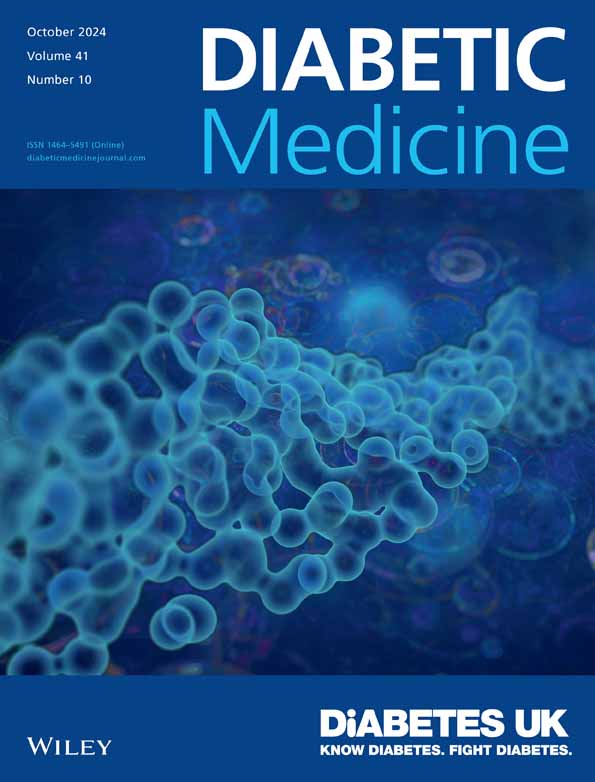A systematic review of outcomes measured in interventional trials in people with diabetic sensorimotor polyneuropathy
Abstract
Aims
Diabetic sensorimotor polyneuropathy (DSPN) is the most common chronic complication of diabetes. Heterogeneity in outcome measures across DSPN trials may have hindered the development of novel therapies. No core outcome set (COS) exists to standardise DSPN trial outcomes. This systematic review aims to identify and synthesise outcomes reported in DSPN interventional trials.
Methods
The protocol was pre-registered on PROSPERO (CRD42023408403) and reported in line with Preferred Reporting Items for Systematic Reviews and Meta-Analysis (PRISMA) guidelines. Prospective DSPN interventional trials since 2018 were searched with a predefined strategy, and primary and secondary verbatim outcomes were extracted, merged and organised using a taxonomy recommended by Core Outcome Measures in Effectiveness Trials (COMET). Outcome measuring tools were summarised descriptively.
Results
Of the 4851 abstracts screened, 184 were eligible (protocols, n = 24; ongoing trials, n = 48 completed trials without published results, n = 11; published trials with results, n = 101). Pain was the most common primary (n = 127) and secondary (n = 64) unique outcome. By taxonomy, nervous system outcomes were the most common primary (n = 174) and secondary (n = 89) measure. The most common measuring tools were the visual analogue scale (n = 37), numerical rating scale (n = 37) and nerve conduction study (n = 34). Over 30 distinct measuring tools were utilised to measure nervous system outcomes.
Conclusions
Despite consistent outcome reporting, variability in measuring tools highlights the need for a COS with standardised tools. Patient-reported outcomes were more common than assessor-reported outcomes; however, using both may reduce response variability and bias. These findings will inform a future Delphi process to develop a COS for DSPN.


 求助内容:
求助内容: 应助结果提醒方式:
应助结果提醒方式:


